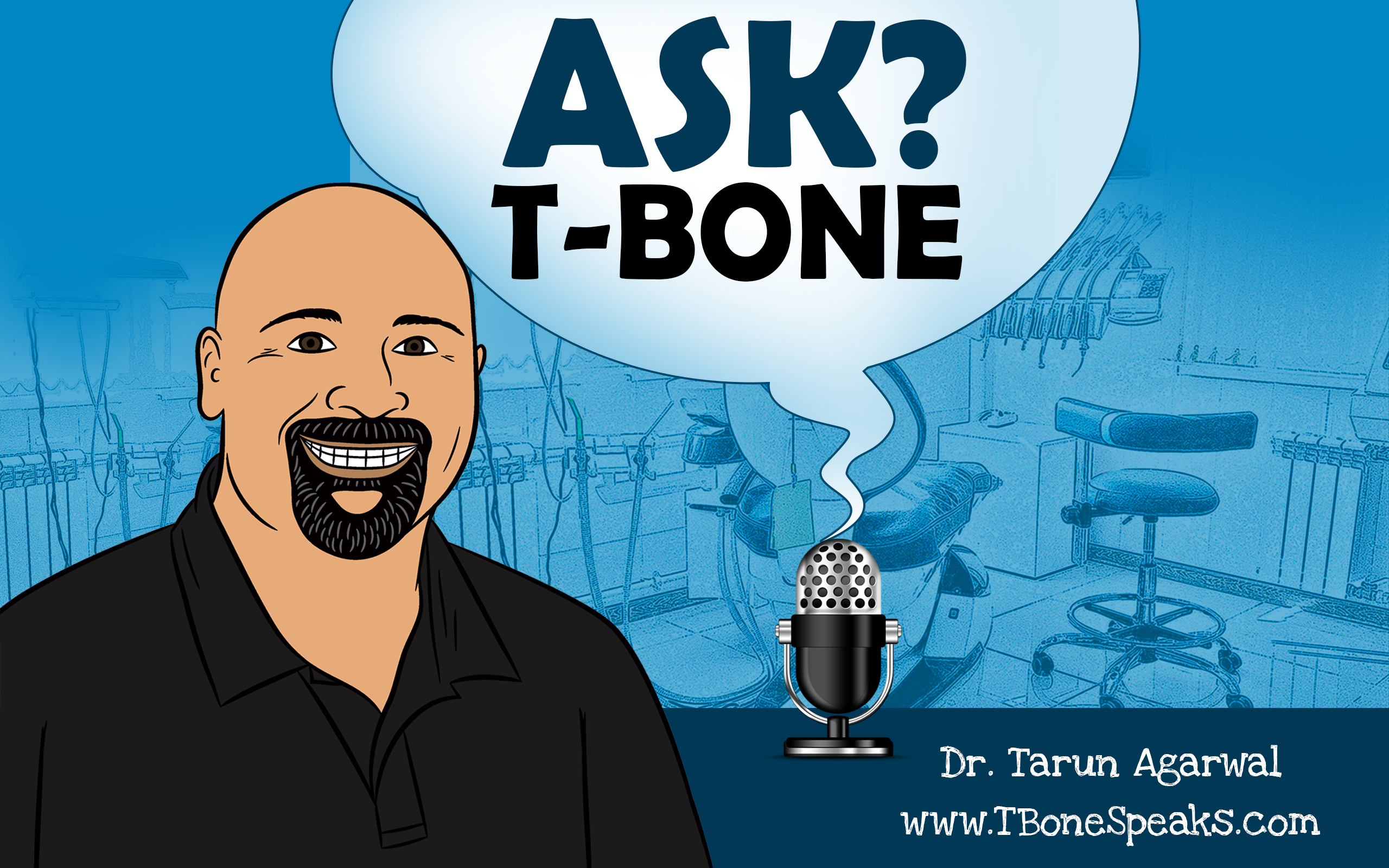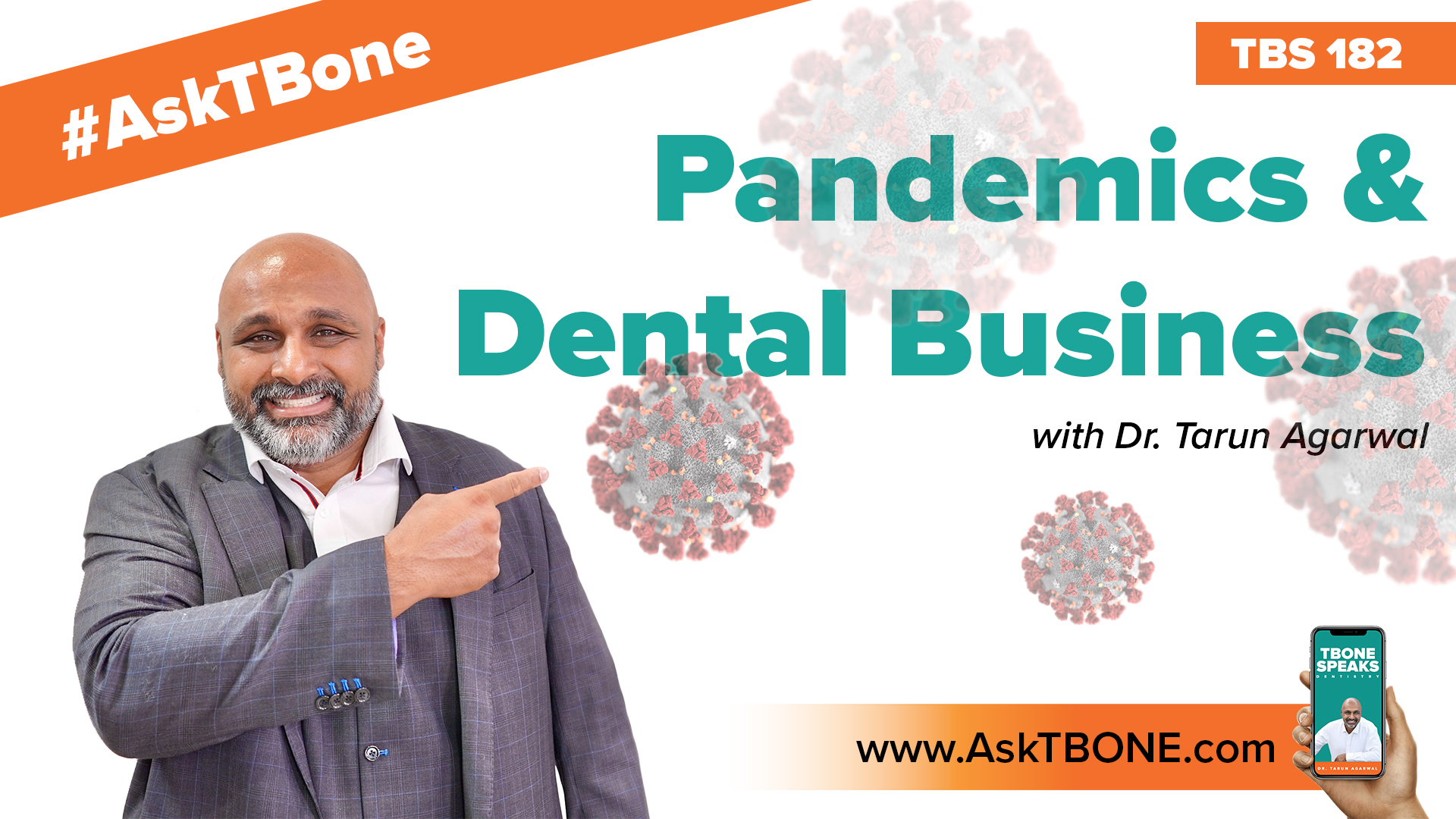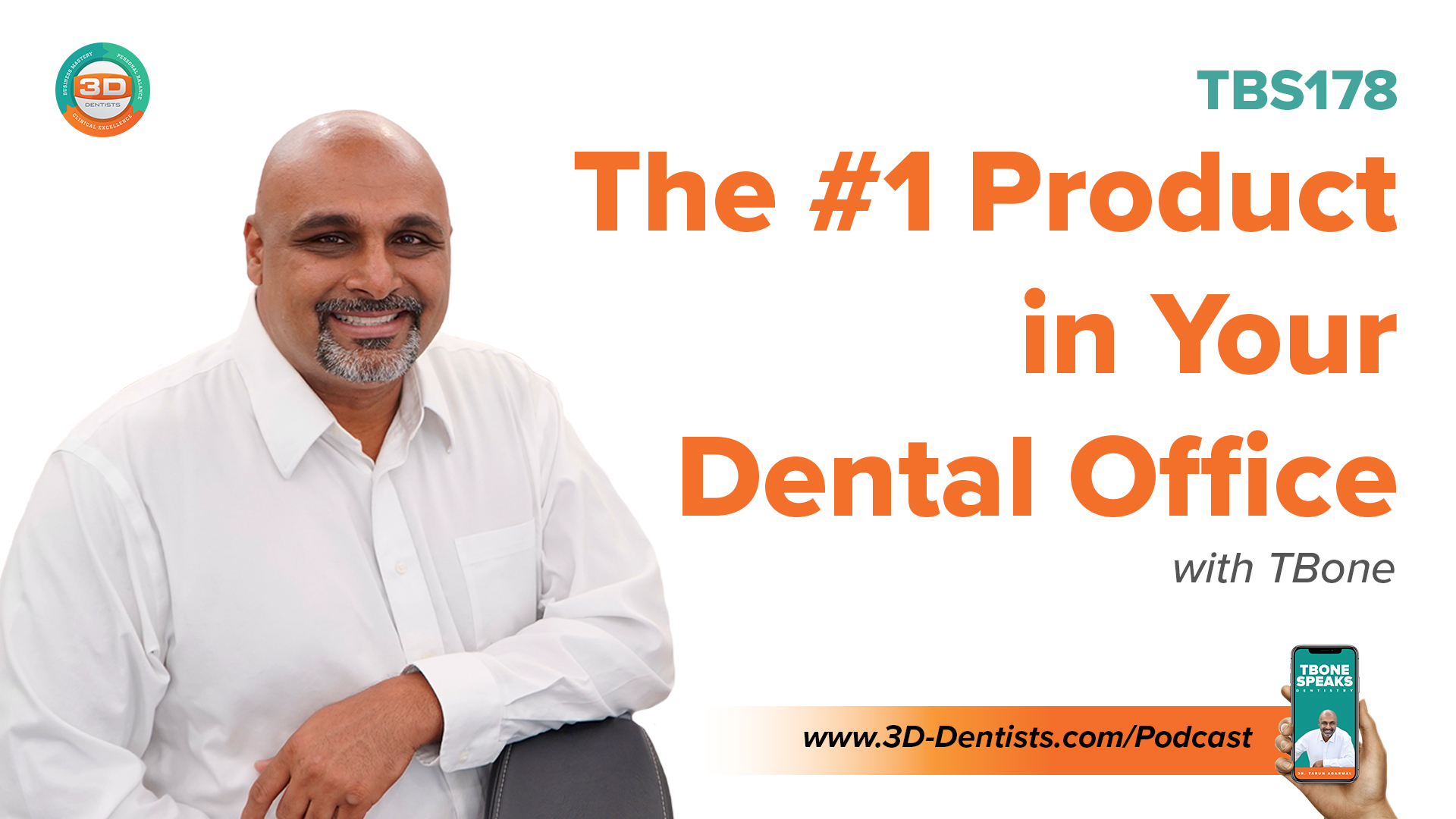Hello!
Welcome back for another episode of #AskT-bone on the T-Bone speaks podcast!
I’m T-Bone and I have two small favors to ask of you.
First, I would like to get more iTunes reviews. I don’t know what it is about me, but I just want to have more iTunes reviews. Because to me that is how you figure out what kind of fans you have, because fans will do you a favor and leave a review just like when you ask good patients leave reviews they do that for you. So I’m asking you if you really enjoyed this podcast and want to keep me motivated to continue to offer this free resource to you, please go to iTunes and leave me a review I would like. I think we are at like 27, 28 right now and I would like to get up to 100 by the end of the year. So let’s see what we can do, let’s see what you can do to help me to get to that. And number two, I need you guys to submit questions and I need you questions to be anything to be different. Right now we’re getting good number of questions, but lot of the questions are repeat of things I have already answered in the podcast in the past, and I really don’t like to answer the same things over and over again. So if you could submit questions by visiting www.tbonespeaks.com that would be great and then again if you can help us get to 100 reviews on iTunes that would be wonderful as well.
So today we have a question submitted by Stan and it says:
T-Bone! Can you talk specifically about the camera that you use in your practice? The brand, the model, etc., and implementation.
Thanks very much.
We in our practice specifically we are using Canon digital SLR Cameras. Over the years I have collected a T3 a T4, T5 and I think I have T6 as well. Now, when you say why do I say over the years I have collected? And the reason is I believe in having one camera per provider or in a perfect world one camera per operatory. So, for example, I have my own camera, my hygienists have their own camera, our associate partner has his own camera, and our treatment coordinator has her own camera. So that way, there’s never an excuse I don’t have a camera, that’s why I didn’t take pictures. So, with that we have, over the years, bought new cameras along the way, so that’s why we have so many different models.
I’m not stuck on Canon, I think Nikon makes a wonderful product for the dental field so certainly that’s fine as well. I would just buy the most common with the latest Canon Rebel Model, T6, T7 whatever it may be, I wouldn’t get into all of those, the high-end, the full frame cameras, I think they’re overkill for most general dentist and what we need to do. So I think the Rebel Cameras are great that’s what I’ve been using for 15 years now, is the digital Rebels.
We have a 100mm Macro Lens. We bought the Ultrasonic Macro Lens from Canon. It is, I want to say around $400-$500. Reason we bought that is has a motor built into the lens to allow us to autofocus quite quickly. I believe and use an autofocus not manual focus, makes it easier for me. And then you need a ring flash. Now, on the ring flashes we have several different ring flashes in our practice. Let’s call them the quality ring flashes, which in my case I would recommend the Canon Mr 14 Ring Flash. Sigma makes a nice quality ring flash as well.
So those would be my recommended Ring Flashes.
And then I happened to found a Ring Flash on Amazon. Those quality Ring Flashes are between $400-$500, and I happened to find a ring flash on Amazon that was $100 and it’s worked out pretty nicely. Now, why do I say pretty nicely and not great? Because there are times where it just, the light is not consistent from it, like it is for my Canon Ring Flash. So, just know that the $100 Ring Flash works and it probably works pretty damn well 90% of the time. But it’s somewhere annoying when I take pictures and I go back to look at them and I didn’t notice that they were overexposed or underexposed, so something along those lines.
So those are the three parts to a camera that I use: the body, the lens and the ring flash.
For those of you that want to do ultra high-end photography, special you doing a lot of anterior work I would encourage you to consider a Stereo Point Flash. This is one of those cameras that has two small point Flashes on the side of it, on a bracket bar. That allows you to really reduce reflections and get a really nice look from your pictures. I think some of the lectures that you see out there are using a Point Flash, a Stereo Point Flash. I’m doing everything with the Ring Flash and I’m quite happy with my photography, so I would say 99% of you would be happy with the ring flash; 5% or 1% of you will need a Stereo Point Flash.
So that’s the kind of the camera itself that we are using.
Now on implementation, this can be in a bunch of different things. Let’s start from the very beginning. So I think the basics of implementation are going to be: Having a New Patient Photo Series. So and I’ll practice just like when you have a new patient walk-in, for example your practice maybe a full mouth series of x-rays, or your practice maybe a Pano-x 3D and 4 Bitewings. So you have a set of X-rays that you take on your patients, so we have a
set of photographs. So in our practice we have 6 photographs that we take on every new patient. That would be a full face photograph, a smile photograph a retracted with the teeth slightly separated photograph, an upper arch, a lower arch, and what we call the hygiene photograph which is the backs of the lower front teeth which is where we often see a lot of tartar buildup and inflammation.
So that’s part of a standard series of photographs.
And then we have orthodontic series, we have a sleep apnea series, we have different things that we have developed over time, so that we can teach our team members. But the bare minimum is that New Patient Photo Series.
And then what I do ask is that I asked on every recall we are taking a photo. Whether that’s a photo of something that we’re watching, whether that is a photo of something that we recommend or even in the situation where the patient has nothing going, I want a retracted photo with teeth slightly separated so we can monitor wear and recession on our patients. And that’s the beauty of taking these photographs, not just once but taking these photographs continuously on every visit, is that when patients come in and they say well this filling you did shifted, and I can show them hey, that that wasn’t a filling I did, that was a filling that was already there, see this is from your new patient visit. Or if they said to me hey I’m not grinding my teeth I can say hey let’s put it before and after of your teeth when you came in 5 years ago and your teeth today, or if they say I don’t know what you mean by recession, I can show them the before recession five years ago and the current situation. So we have a lot of benefits there. So, from my hygiene perspective, that’s what I asked of my hygienist, a New Patient Photo Series and a single photo on every visit when they come in of some condition and if not any condition going on just the teeth retracted with retracted teeth slightly open.
Now, part of the implementation also is the doctor chair and that’s taken shape photographs that’s taking before and after pictures of your work. These are some of the things that I have got a little lazy about, quite honestly. I need to get back to doing those things. Because in today’s world we are social media-driven so, photos are a great way to write blogs, they are a great way to communicate to other patients they are a great way to communicate on social media. So I would use photographs, we have created a book in our practice called Healthy Smiles. Were are examples of the work that we have done, that cover a wide range of different things for the patient so the patient can see, if they come in with a class 5 lesion I can show them another example of a class 5 lesion. If they come in with an adult sealant tape restoration preventive resin, I can show them how one of those looks like and what does sometimes look like underneath that. If they come in with an amalgam I can show them what it looks like to replace their amalgams with tooth colored fillings. So, slowly over time you build your library, so to me that’s kind of our basics of implementing photography and obviously I believe that you have to have a photo printer to be able to print these photographs. What is the point in taking these photographs if you are not printing them for your patients to they come. And then secondly you need a way to be able to show these photographs to your patients. The traditional method would be a second Monitor in your practice in front of your patients. I put it at the 1 o’clock position in the operatories, so that as I’m standing or as I’m sitting and talking to patients I can point to them. And it’s right in front of the them so they can see what’s going on. And honestly a more modern way of doing it would be using your iPad, transferring your pictures to your iPad, and then allowing your patience to look at the photographs on the iPad. And the advantage of this is it allowed them to actually touch and draw and point out things on their own, while they have it in their hands. So, certainly those are some options there as well.
So, thank you again and again if you could do those two favors for me, if you could leave some more reviews, positive or negative, honest reviews on iTunes that would be great and then if we could submit some questions to www.tbonespeaks.com that would be great.
Thank you very much!
Enjoy The Show?
- Don’t miss an episode, subscribe via iTunes, Stitcher or RSS.
- Leave us a review in iTunes
- Join the conversation by leaving a comment below!








